9 June, 2022. By Sherri Mastrangelo.
Thank you to the kind reader who reminded me I had yet to post “Part 3” of this series on 1950 census codes. Time seems to get away from me at the end of the school year, but the kids are out for the summer now and I have a minute to post - so here we go!
Census image excerpt adapted from 1950 Census of Augusta, Georgia, ED 161-1, page 4, from 1950census.archives.gov
Today we’re talking about the set of numbers in the column titled “LEAVE BLANK C” found on the far right of the 1950 US Census pages, under the heading “FOR PERSONS 14 YEARS OF AGE AND OLDER” and subheading “Class of worker”.
You’ll notice these numbers are three digits, three digits, then one digit, or XXX: XXX: X. Each group of these numbers is translated as “occupation code: industry code: class code” which you’ll recognize as the same as the preceding three columns, Occupation (20c), Industry (20b), and Class of Worker (20c).
Like the other leave blank columns, these numbers are not likely to tell us anything new. They are codes written after the census enumerator handed in their work and the editors began preparing them for the punch cards to be read by the tabulating machines. It can be helpful to us if the information in the preceding columns is hard to read or missing.
The 1955 Census Bureau document, The 1950 Censuses - How They Were Taken tells us “the occupation and industry coders used the manual, “Alphabetic Index of Occupations and Industries,” to determine the codes for the schedule entries. Occupations and industries not listed in the “Index” were coded by experienced persons until the regular coders became skilled in interpreting the entries. The verification procedure was the same as that for general coders except that 10 percent of the work of the qualified occupation and industry coders was verified.” (Chapter 6, page 3).
We’ll use this same document to decipher our sets of numbers, and see if we can learn anything new. I was able to find a copy through a quick online search, with a public file on the IPUMS USA website: “Alphabetical Index of Occupations and Industries: 1950”. Note link opens PDF.
So let’s take a closer look at our example selection of six individuals from an Augusta, Georgia census (ED 161-1; page 4). Starting from the top, we have:
Frank McGhee - Labor - cottonseed oil co - P - 970:469:1
Odesa McGhee - Maid - Private Employ - P - 720:826:1
Joe L. Byrd - Labor - Private Employ - P - 970:826:1
Robert Golplin - Brickhacker - Brickyard - P - 970:318:1
Dasey B. Holmiez - Nurse - City Hospital - G - 058:869:2
Robert B. Parker - Porter - 5 & 10 (illegible word) - P - 780:647:1
(I may have butchered a name or two, but we’re going with “Dasey” here for now).
Class Code
Let’s start with the last number of our set as it the easiest of the three sets to understand. This is the single digit at the end that most often appears as a “1” or “2” which is the class code, and is also shown in column 20c as either a letter “P” or letter “G”. In the chart below, we learn “P” is for private employer, while “G” is for government. And if it was a “P” in column 20c, then the editor or tabulator would mark a “1” as the last digit of our code (or “2” for government, and so on). We also see other options for “O” and “NP” (translated as “3” and “4” respectively).
Excerpt from “Alphabetical Index of Occupations and Industries”, 1950, US Census Bureau.
There is also a special classification, “5”, for those in armed forces.
Using this information to review our example cases above, we have the majority “1” and “P” for private employers, except for our Dasey that has a “2” as her final digit and a “G” for government. Her job is listed as a Nurse for the City Hospital - and knowing that she is a government employee may actually be new information (though it could also be a misclassification - take it as a lead on your investigation, not a fact). It also may change where you’ll find remaining hospital records.
Occupation
The first set of three numbers, if you remember, is the occupation code. You can look up these occupational codes and more starting on page 12 of our favorite document, the “Alphabetical Index of Occupations and Industries: 1950” (link opens PDF). It’s too long to post a copy of this section here - about five and a half pages.
Industry
The industry codes, or the middle three digits, start on page 18 of the document. There are 269 different occupation categories, summarized into 11 groups, as in the chart below.
Excerpt from “Alphabetical Index of Occupations and Industries”, 1950, US Census Bureau.
Again, there’s too many to share here - but you can look up the individual codes in the index.
Census image excerpt adapted from 1950 Census of Augusta, Georgia, ED 161-1, page 4, from 1950census.archives.gov
So let’s take one last summary look at our six example individuals, and what their codes in “Leave Blank C” mean.
Starting with the first line we have Frank McGhee, in “labor” at the Cottonseed Oil Co. His code is “P” and “970:469:1”. We learned that “P” stands for worker for a private employer, and is coded as a “1” class code as the final digit. For occupation code we have “970”, which simply means “labor, not otherwise classified”. For the middle three digits, or industry code, we have “469”, which is listed as “manufacturing: non durable goods: miscellaneous chemicals and allied products, petroleum and coal products”.
Next we have his wife Odessa McGhee, a maid for a private employer. Her code (720:826:1) is also marked “P”, with an associated “1” class code. Her occupation code of “720” means “private household workers, not elsewhere classified”. Her industry code of “826” stands for “personal services: private households”.
Then we have Joe L. Byrd, a lodger, shown as “labor” for a private employer. Again we have “P” and “1” class code, for private employer. Then a “970” occupation code for “labor, not elsewhere classified” and like Odessa he has an “826” industry code, for “personal services: private households”. This all seems like a very vague description.
Next up we have another lodger, Robert Golpin, a “brickhacker” for a “brickyard”. The code in 20c is a bit illegible, but since his class code is “1” we know it should be a “P” for private employer. He also has a “970” occupation code for “labor, not elsewhere classified”, while his industry code of “318” means “manufacturing: structural clay products”.
Dasey B. Holmiez (a rough estimate of the name), is shown as a “nurse” for “city hospital”. She is also marked with a “G” and class code of “2” for government employee. She has an “058” occupation code for “nurses, professional” and an “869” industry code for “professional and related services: hospitals”.
And finally we have Robert B. Parker, shown as a “porter” for a “5 + 10 cent store”. His class code is “1” and shown with a “P” for private employer. His occupation code is “780” meaning “porters” and his industry code is “647” meaning “retail trade: five and ten cent stores” - so pretty straightforward.
So does all of this information tell us anything new? Not really, no - though I would not have considered that the nurse would technically be a government worker. And again, knowing how to look up these codes would help greatly if the occupations were hard to read or missing!
As I mentioned in one of the earlier posts on codes in the 1950 census, there is a great tool for looking up these codes quickly on SteveMorse.org if you prefer not to scour the pages of the Alphabetical Index.
The Sources:
U.S. Bureau of the Census, Alphabetical Index of Occupations and Industries: 1950. Washington, D.C., 1950. [PDF available at: https://usa.ipums.org/usa/resources/volii/Occupations1950.pdf]
U.S. Bureau of the Census, The 1950 Censuses - How They Were Taken, Washington, D.C., 1955 [Note this file was found on “1950 Overview” (https://www.census.gov/history/www/through_the_decades/overview/1950.html) in a downloadable zip file.]
“1950 US Federal Census”, Augusta, Richmond, Georgia; ED 161-1, page 4. [As found on 1950census.archives.gov on 8 June 2022]
Also see:
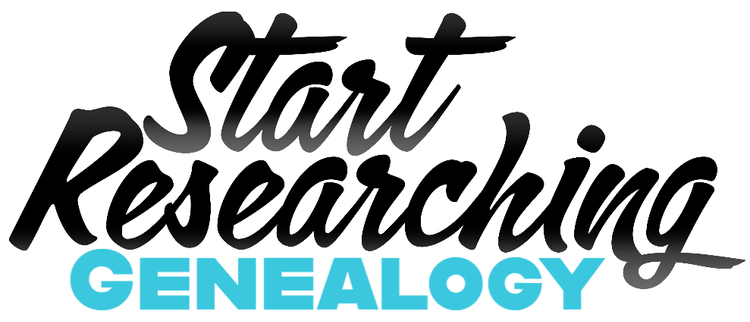


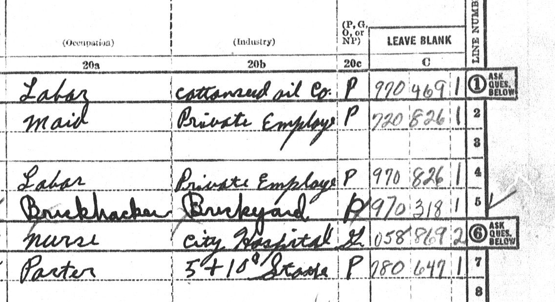






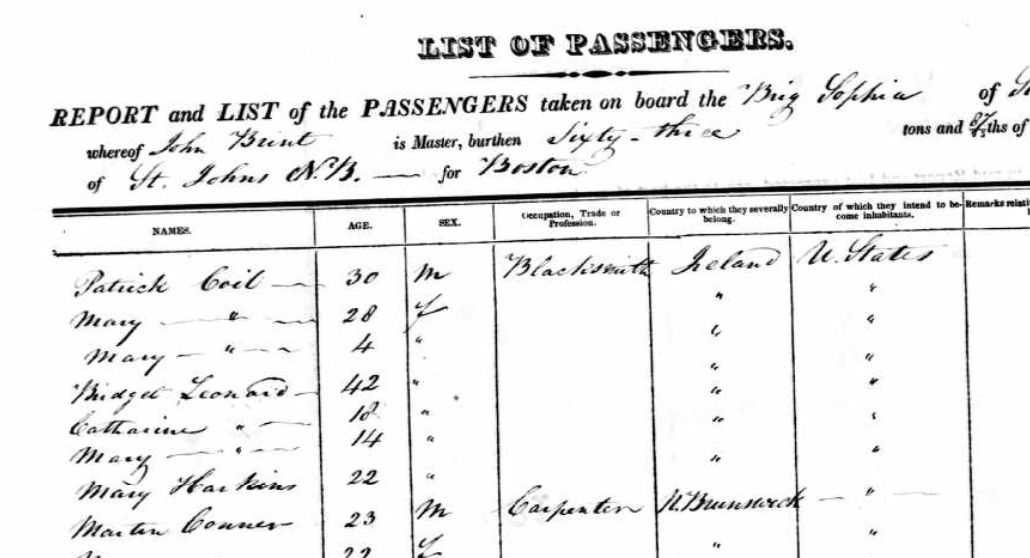






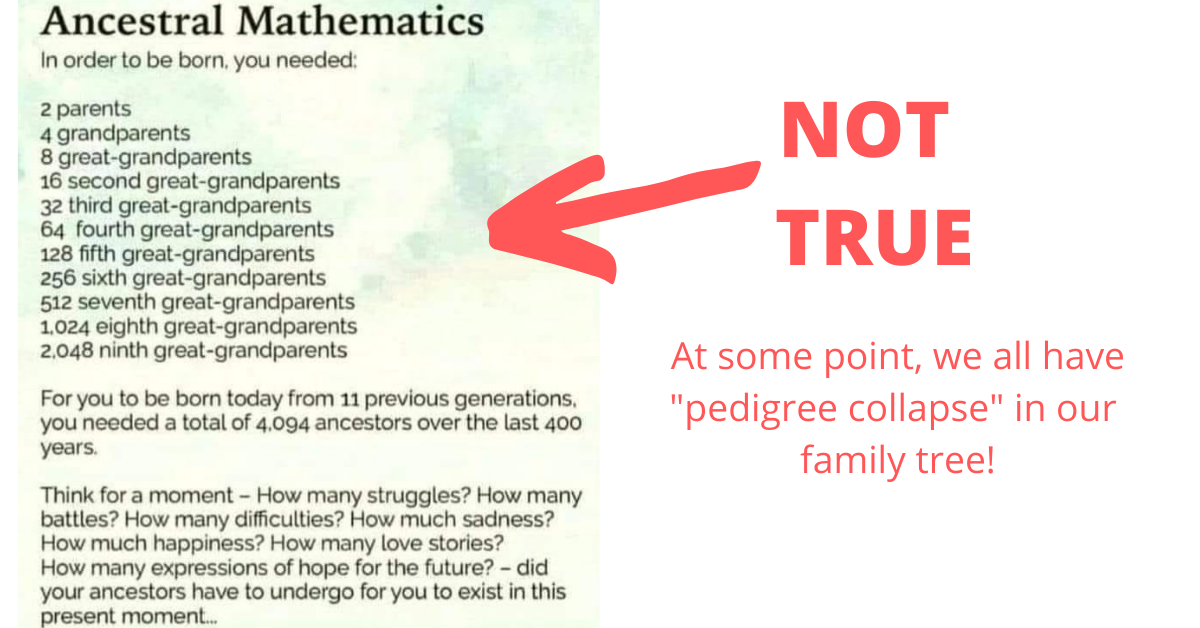





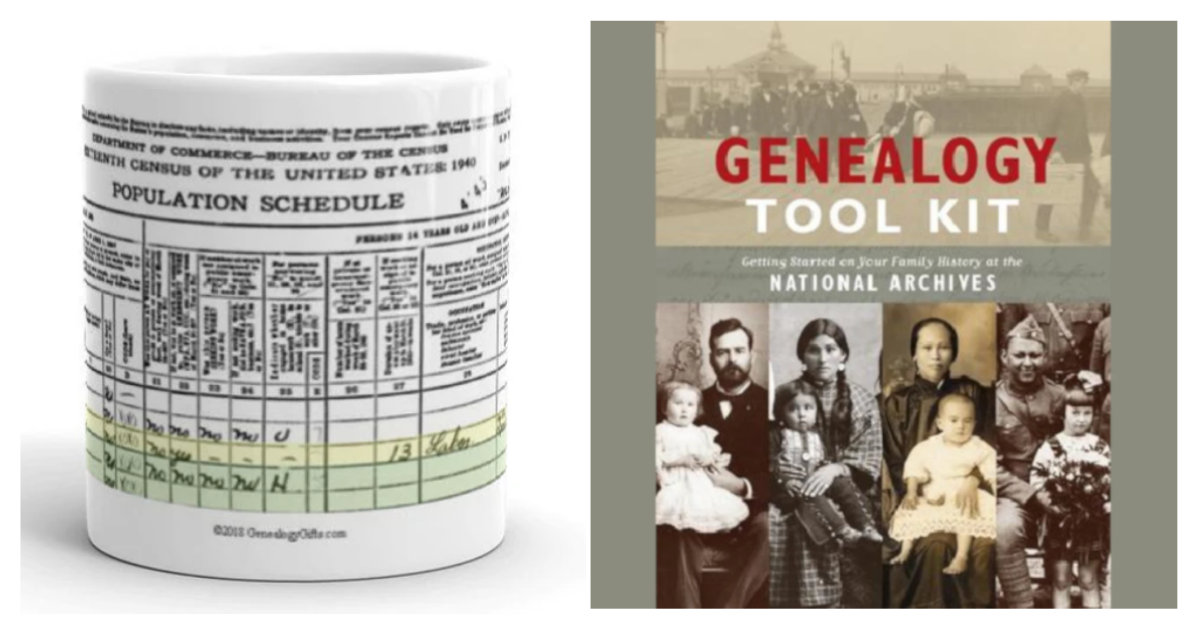
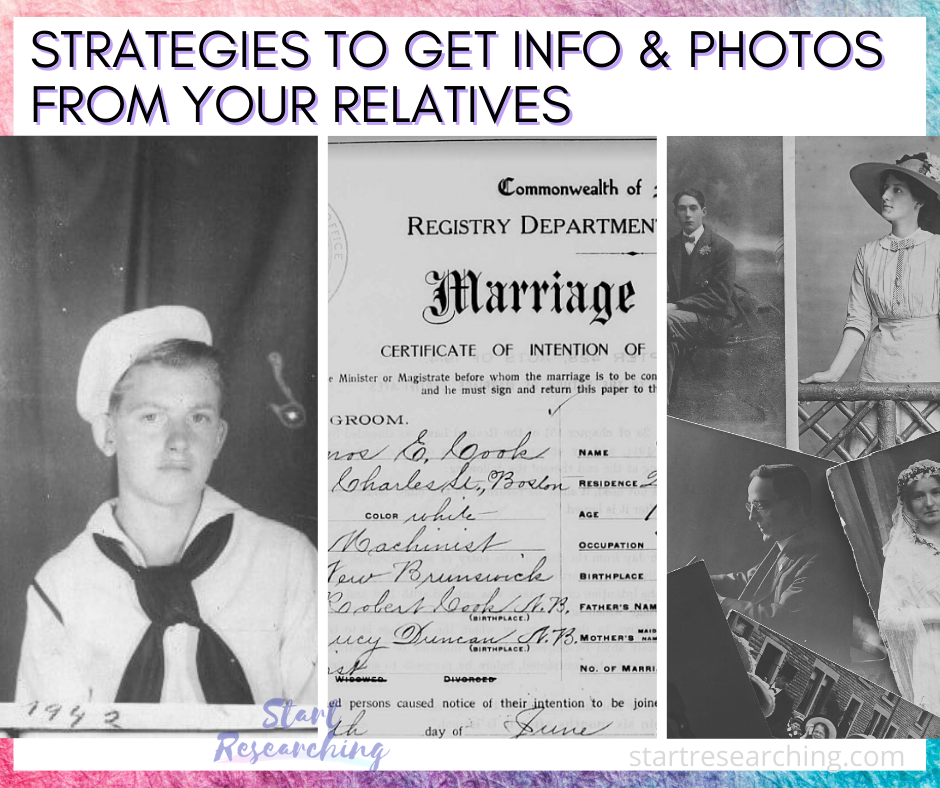


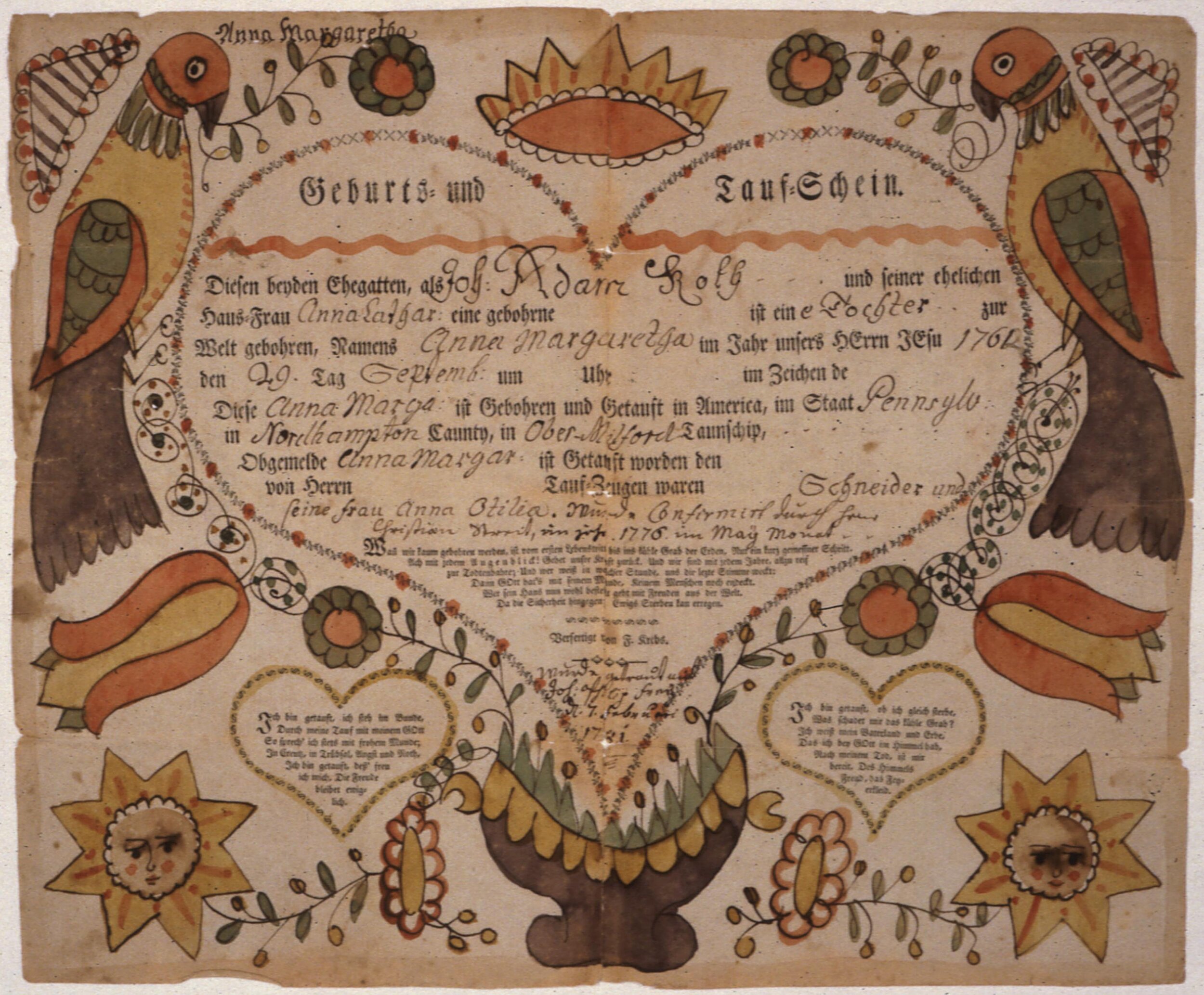


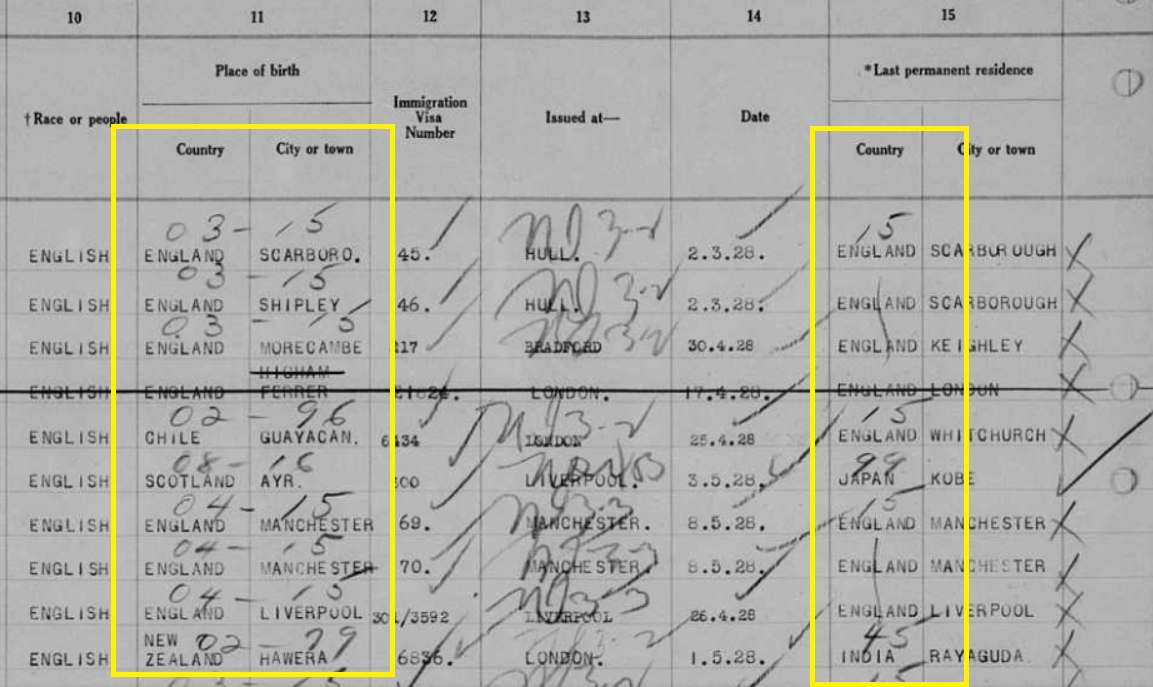





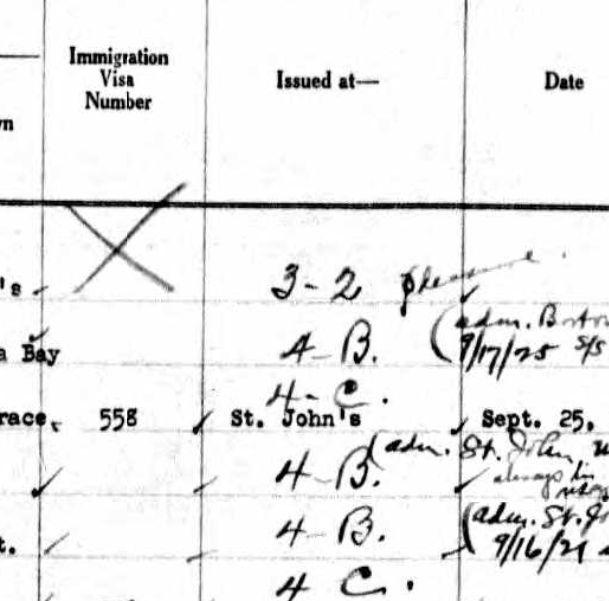







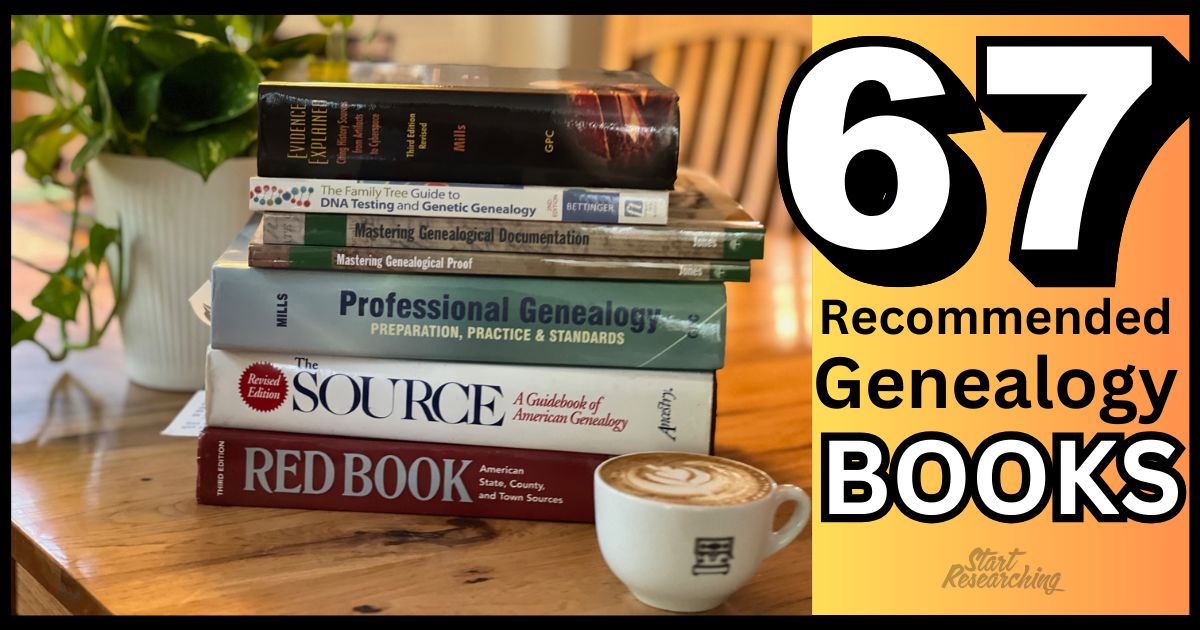
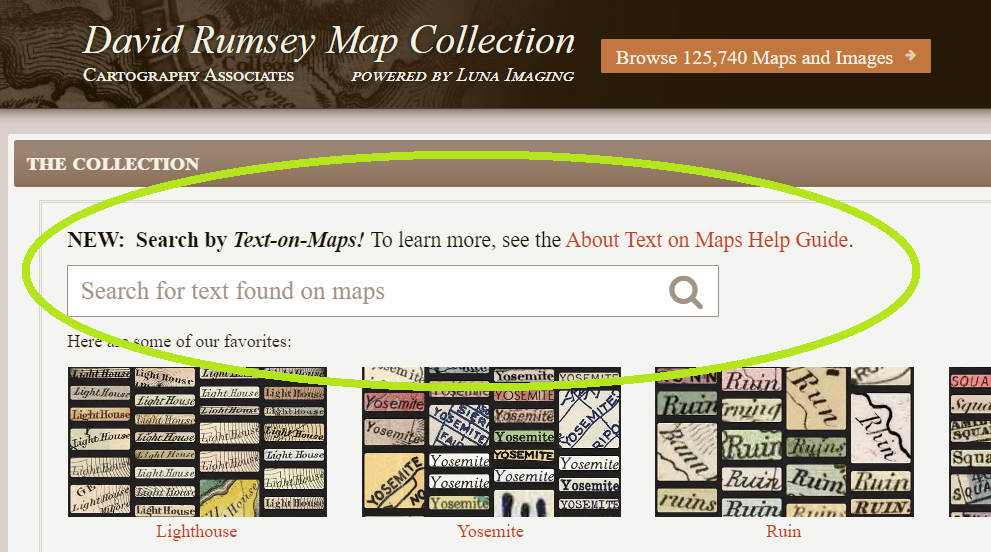
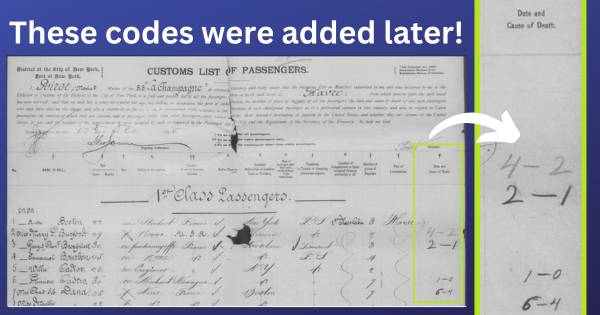
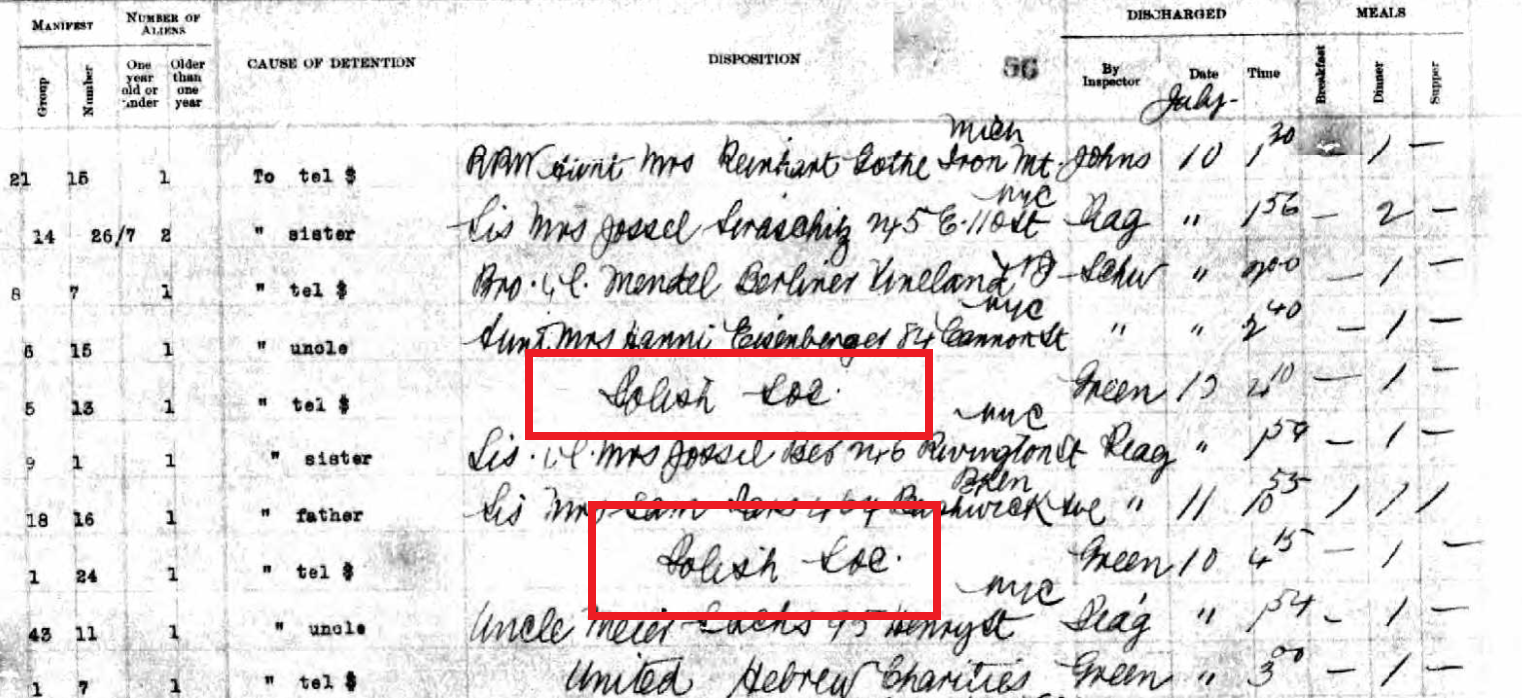



![Caption reads “Henry Standing Bear [Top], Wounded Yellow Robe [Left] Chancy Yellow Robe [Right]: Sioux boys as they entered the school in 1883 [on the left side], Three years later [on the right]”. As found on the Internet Archive, in the book “Souvenir of the Carlisle Indian School” by J.N. Choate, 1902.](https://images.squarespace-cdn.com/content/v1/5e18c9db5f83dc089c81b8bb/1627336381892-SAHIE4QPCUEZIKRP4ANQ/yellow+robe.png)






![In the left column it says “U.S. born” and underneath the abbreviation “do” for “ditto” is written three times. Would you have noticed all of the Di Lorenzo children where born in the U.S. looking at this? There are also quotation marks meaning same as above / child in the far right column... Ancestry.com, New York, U.S., Arriving Passenger and Crew Lists (including Castle Garden and Ellis Island), 1820-1957. Year: 1905; Arrival: New York, New York, USA; Microfilm Serial: T715, 1897-1957; Line: 1, Page Number: 41.[Database-on-line] Provo, UT. Ancestry.com Operations, Inc., 2010.](https://images.squarespace-cdn.com/content/v1/5e18c9db5f83dc089c81b8bb/1620786931498-A57FIX57NFLGMRWD9OWN/ditto+abbreviated+do.png)

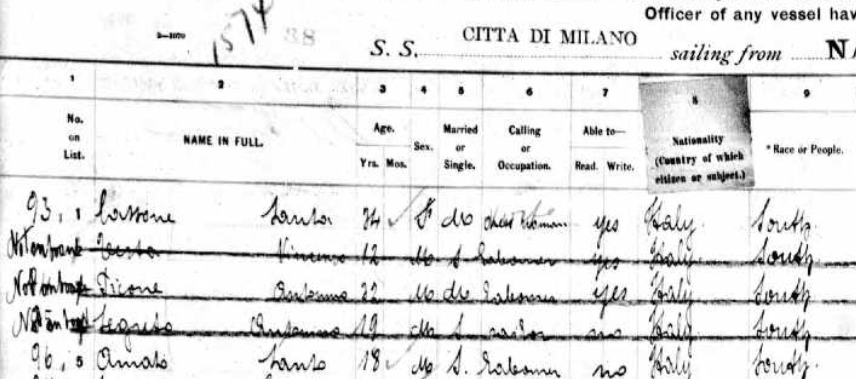

![In between the Family Name and Given Name, we see the initials "“DEP”. Ancestry.com, Massachusetts, U.S., Arriving Passenger and Crew Lists, 1820-1963. Record Group Number: 85; Series Number: T843; NARA Roll Number: 291. [Database-on-line]. Provo, UT. Ancestry.com Operations, Inc., 2006.](https://images.squarespace-cdn.com/content/v1/5e18c9db5f83dc089c81b8bb/1620753142824-2I1NZ942SRWG4LSRA19O/dep.png)







